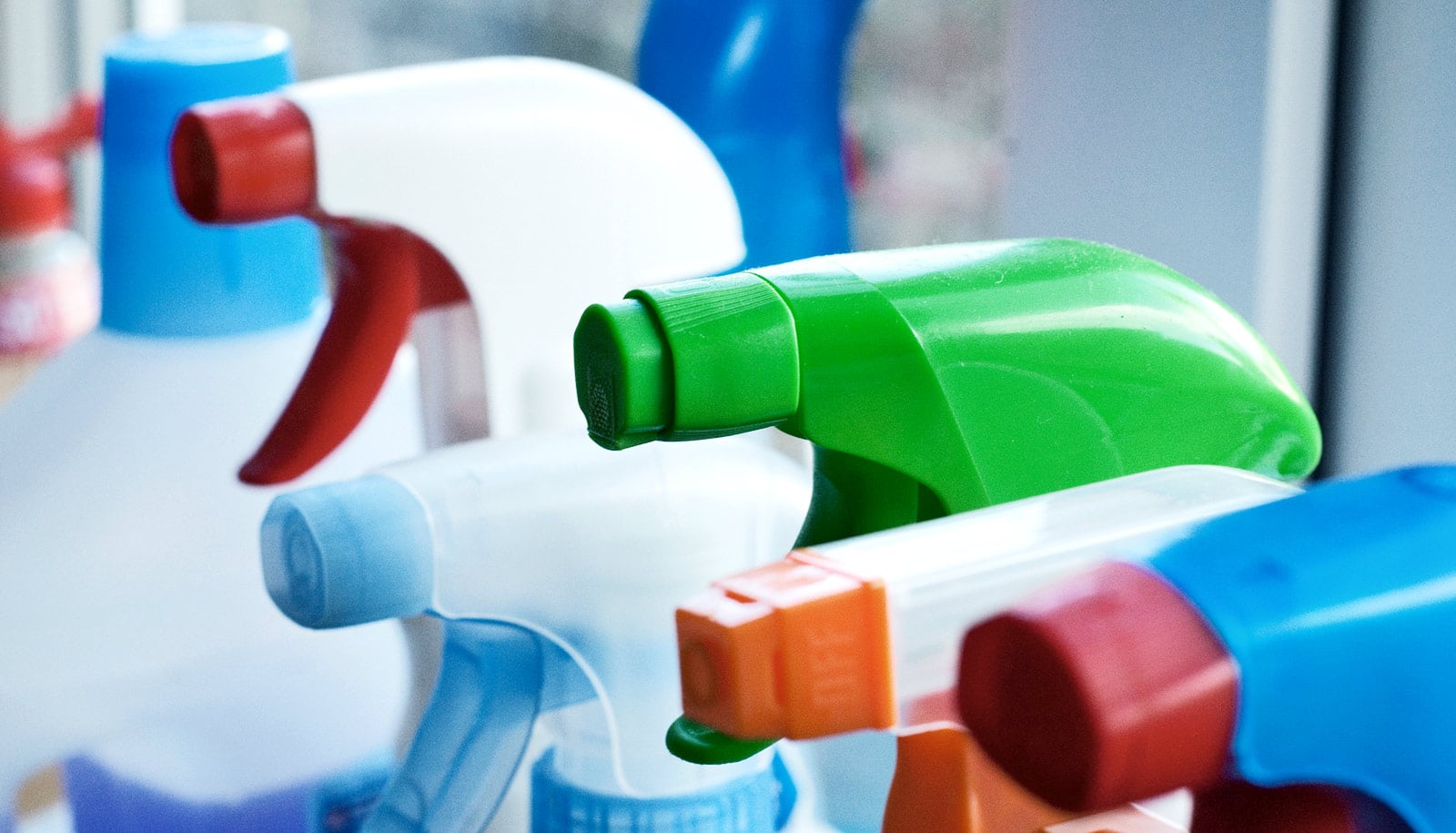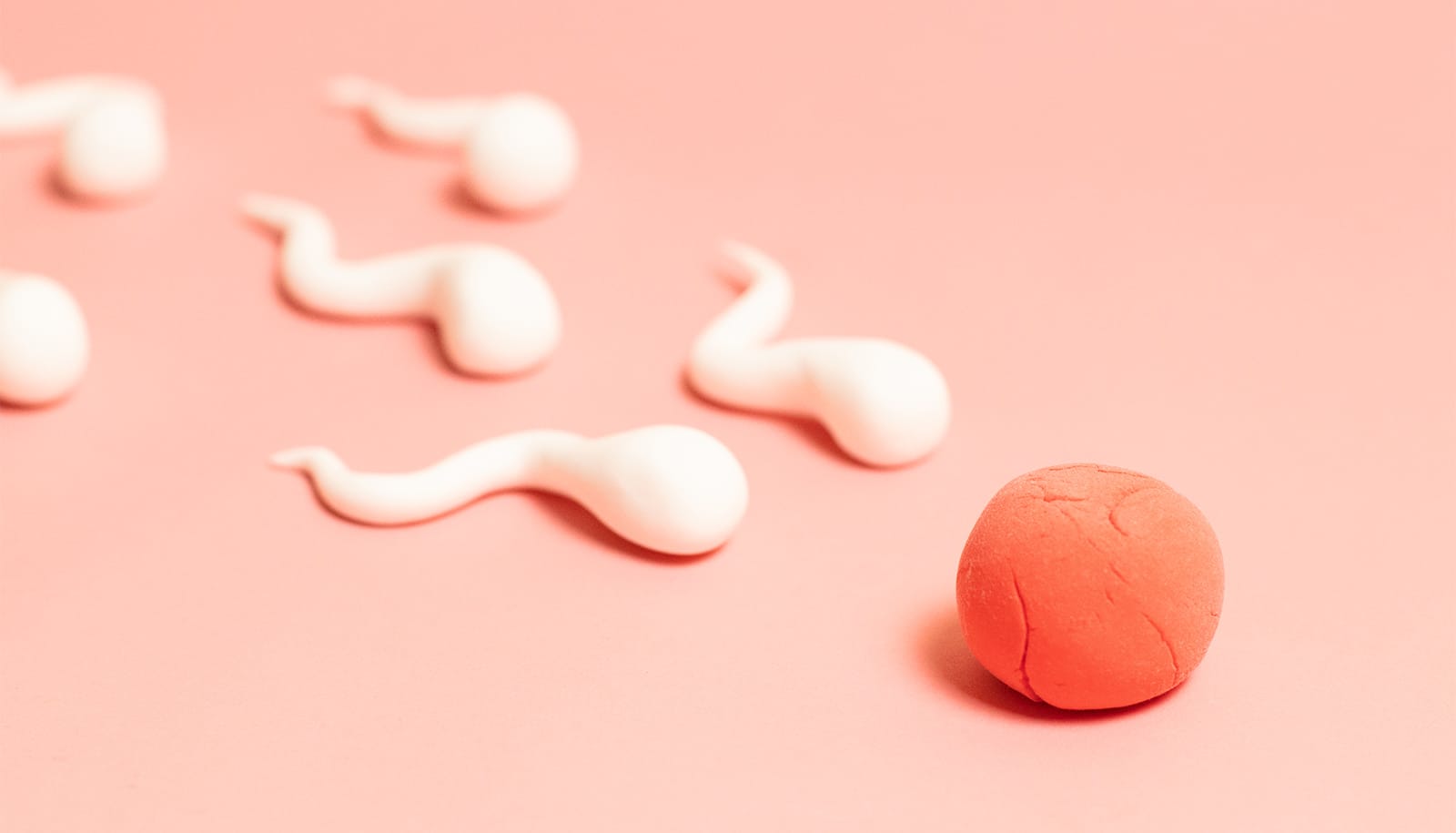A common ingredient used in wide array of household products, from toothpaste to disinfecting cleaners, may inhibit the function of mitochondria, the powerhouses of the cell, and hormone functions in cells, a new in-vitro study suggests.
The ingredients in question are called quaternary ammonium compounds, or “quats.”
“The results from this study are concerning because almost everyone is exposed to quats on a regular basis.”
They’re used as antiseptics in toothpastes, mouthwashes, lozenges, nasal sprays, eye drops, shampoos, lotions, intravaginal spermicidal sponges, and household cleaners, to name a few.
“Disinfectants that we are putting on and in our bodies, and using in our environment, have been shown to inhibit mitochondrial energy production and the cellular estrogen response,” says biochemist Gino Cortopassi in the University of California, Davis School of Veterinary Medicine. “This raises concern because exposure to other mitochondrial-inhibiting drugs, such as rotenone and MPTP, is associated with increased risk for Parkinson’s disease.”
Effects on estrogen
The study surveyed a collection of 1,600 compounds and drugs in household and pharmaceutical use, with multiple measures of mitochondrial function, and found that quats as a class inhibited mitochondrial function and estrogen signaling.
Mitochondria are critical cell structures that generate energy. Like a train delivering its payload among stations, electrons pass through five stations of the mitochondria to produce maximal cell energy. If the train is derailed at any of those stops, it can’t deliver its payload of energy down the line for the cell to use.
The group also found that quats, at the same concentrations that inhibited mitochondria, inhibited estrogen signaling in cells. Estrogen is a sex hormone responsible for secondary sexual characteristics in females.
“Because exposure to quats is also interrupting the sex hormone estrogen response in cells, it could also potentially cause reproductive harm in animals or humans, and others have shown that quats cause reproductive toxicity in animals,” Cortopassi says.
While the work has been conducted in cells, not in mammals, a group of researchers at Virginia Tech accidently discovered a few years ago that quat exposure through a laboratory disinfectant caused reproductive toxicity and reduced fertility in mice. They also recently demonstrated a link between quats and neural tube birth defects in both mice and rats.
Mom’s exposure to toxic chemicals shows up in newborn
“Our study in cells provides a mechanism for their observations in laboratory animals,” says Sandipan Datta, a postdoctoral scholar in Cortopassi’s laboratory. “They demonstrated that quat exposure caused reproductive toxicity in both females and males. The anti-estrogenic effects we see in cells could explain the female reproductive toxicity they observed, such as less estrus cycles and lower breeding rates.”
Not a safe alternative?
Quats have been widely used as topical antiseptics and disinfectants since the 1940s. Other antiseptic compounds, such as triclosan, have been withdrawn from the market after research in animal models showed they may impair muscle function.
Some companies have been looking to replace triclosan with quats, Cortopassi says, with the idea that they may be creating a safer product. The research demonstrates that may not be the safest alternative.
Cortopassi says it’s important for his team to take this research to the next level in animal models. Additional studies are needed to determine how these chemicals may accumulate in tissues with regular use, and to understand if quat exposure affects health and disease in humans.
Do chemicals on couches lower sperm count?
“This paper adds to the growing number of studies which find that quats may not be as safe as previously believed,” says Terry Hrubec, an associate professor at Edward Via College of Osteopathic Medicine-Virginia. “The fact that six out of the 10 most potent mitochondrial inhibitors were quats shows that this class of chemicals likely affects living systems. The results from this study are concerning because almost everyone is exposed to quats on a regular basis.”
Their findings appear in the journal Environmental Health Perspectives. Funding for this study was provided by the National Institutes of Health.
Source: UC Davis



